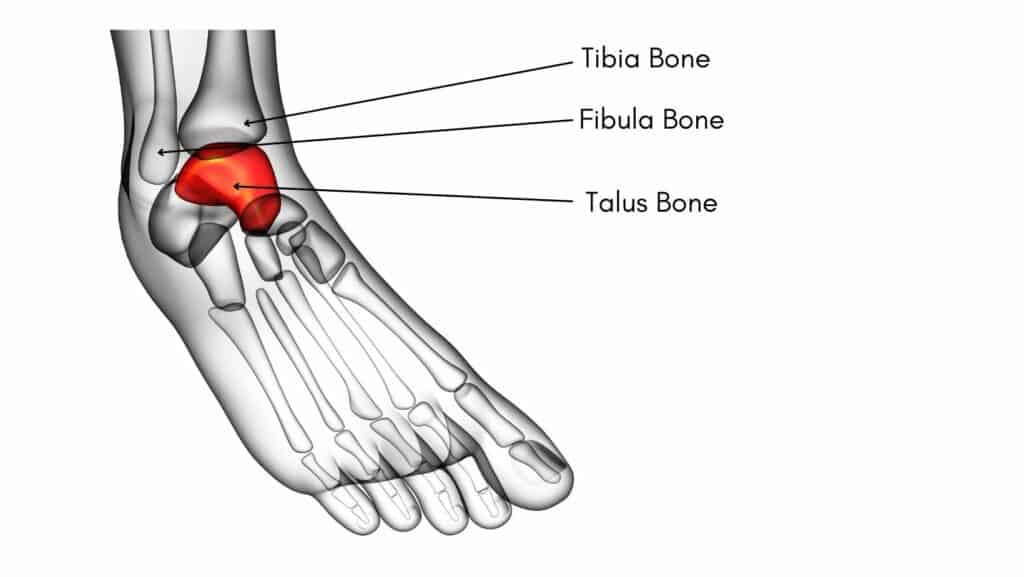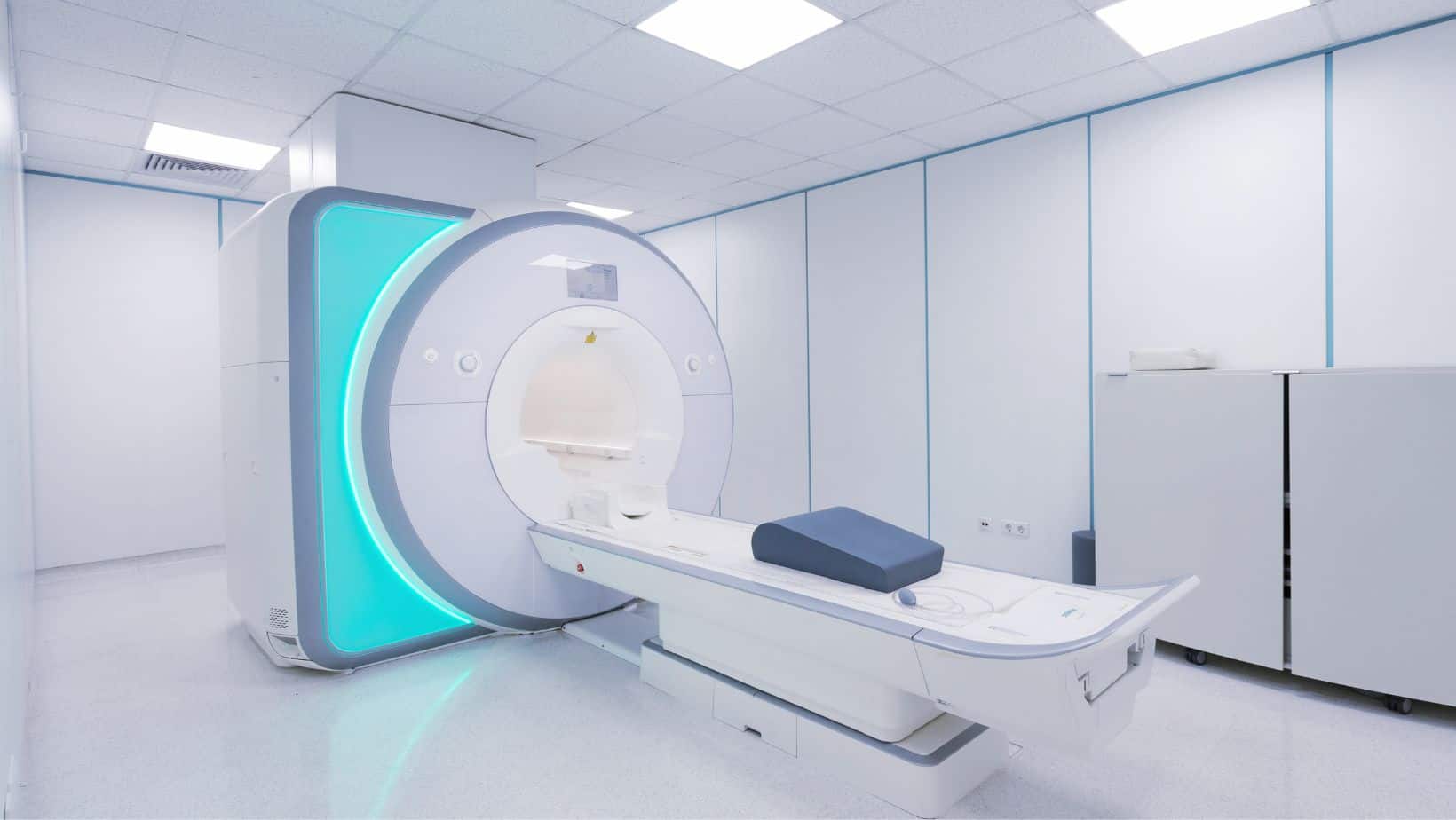Talus Fracture
Read More >
The Talus bone is vital in connecting the leg, ankle and foot. The Talus sits underneath the Tibia and the Fibula and above the Calcaneus allowing the ankle joint to plantarflex and dorsiflex. In contrast, its connection to the Calcaneus allows the ankle joint to move from side to side.
Most of the talus bone is covered by cartilage, which protects the bone. It is one of the few bones in the body without any muscular attachments.

The most common type of fracture to the Talus is to the neck, which attaches the body to the neck of the talus bone, and this can be a stable or unstable fracture.
An unstable Talus Fracture occurs when a piece of bone is displaced from its attachment. This type of fracture tends to be unstable and requires surgery, usually resulting from a high force injury.
A lateral talus fracture (snowboarders fracture) occurs when your ankle is forced outward while a stress fracture to the Talus bone is a less common type of talus fracture, that usually occurs due to repetitive impact.


Talus Fracture symptoms vary depending on the type of fracture. A Talus stress fracture may have minimal visible signs of injury with pain when weight bearing and walking, but this may be tolerable and is often misdiagnosed as an ankle sprain.
A stable fracture may provide bruising and swelling on the ankle with high pain levels when walking or with impact activity.
An unstable fracture provides extensive ankle swelling and excruciating pain, while an open talus fracture has a bone visibly protruding through the skin.
Talus Fractures can occur from ankle sprains, falls when snowboarding or falls from a significant height. Impact fractures from climbing accidents are commonplace, as are fractures from car crashes.
Few clinical tests can identify a Talus Fracture, and if a clinician is suspicious of a Talus fracture, they will likely refer you for a scan. An x-ray is the standard first post of call, and if a fracture is picked up on a scan, you may be referred for a CT Scan to clarify the size and location of the fracture.

It is essential to consult your Physical Therapist and Orthopaedic consultant for an opinion on whether conservative or surgical treatment is most appropriate, depending on the fracture’s size and location.
If conservative treatment is recommended, a period of 6 weeks of non-weight bearing in a boot followed by 4-6 of gradually increased weight bearing in a boot is usually recommended before weaning out of the walker boot and beginning Physical Therapy.
An initial assessment can identify muscular weaknesses and tightness that can be addressed with a thorough rehabilitation protocol. In the early stages of rehabilitation, an ankle brace may be recommended for additional support.
Exercises for a Talus Fracture typically consist of gentle mobility and stretching of the calf muscle and ankle joint. Isometric strengthening of the Posterior Tibialis and Peroneal Muscles is helpful to establish some early strength in the ankle, and these typically progress into isotonic strengthening exercises.
A gait analysis can be required to identify any changes in biomechanics, and insoles can help provide additional support.
Other forms of treatment include stabilisation surgery, but this is something that you should consult your orthopaedic consultant about.
This is not medical advice. We recommend a consultation with a medical professional such as James McCormack. He offers Online Physiotherapy Appointments for £45.
Related Article: Osteochondral Lesion of the Talar Dome
Can you walk on a Talus fracture?
If you have a stable talus fracture, it is possible to walk in an AirCast boot under a Physical Therapist's guidance.
What do injuries to the talus take a long time to heal?
One of the biggest reasons the Talus injury takes so long to heal is that you cannot weight-bearing through the bone until it is fully healed, whereas other bones can begin partial weight bearing as soon as they show signs of healing.
Do all Talus fractures need surgery?
No, stable fractures and Talus Stress fractures can be managed conservatively, but it is essential to consider all treatment options with your Physical Therapist and Orthopaedic Consultant.
Can a Talus Fracture heal on its own?
A Talus will not heal on its own. A stable fracture will need to spend up to 12 weeks in a boot before commencing Physical Therapy, while an unstable Talus fracture requires surgery for it to heal.